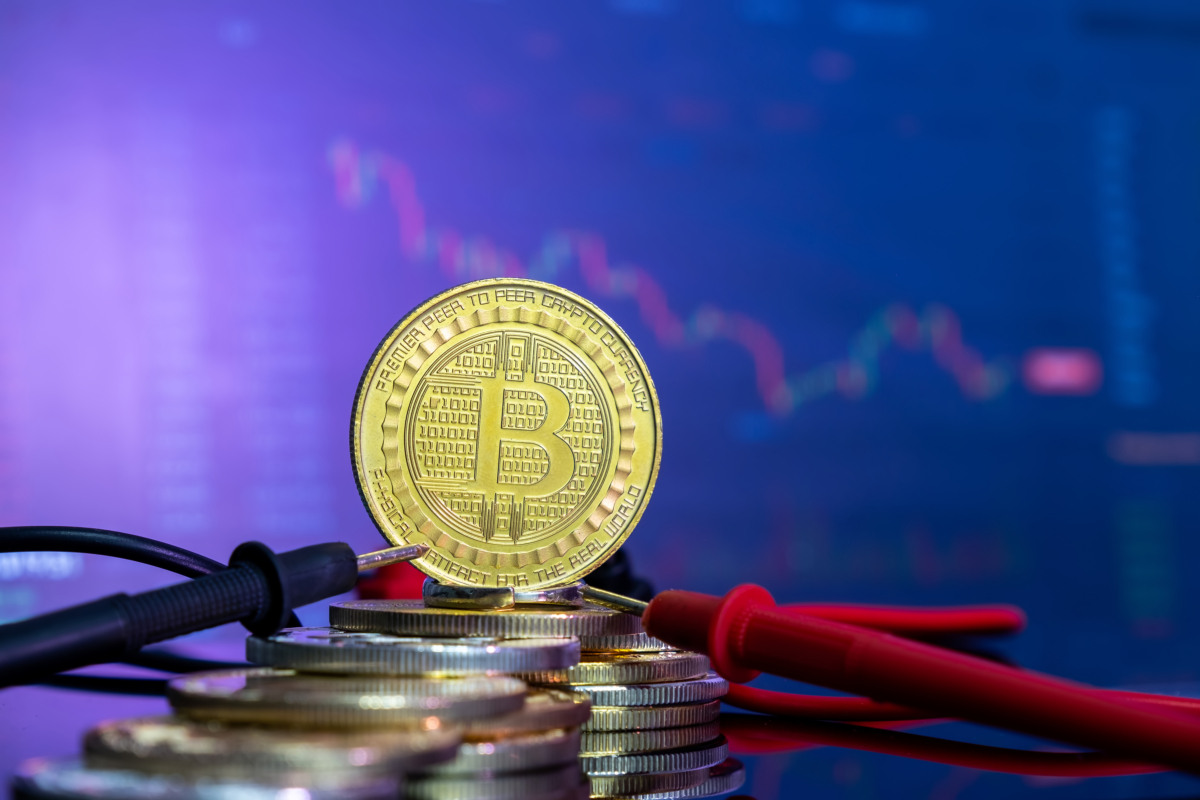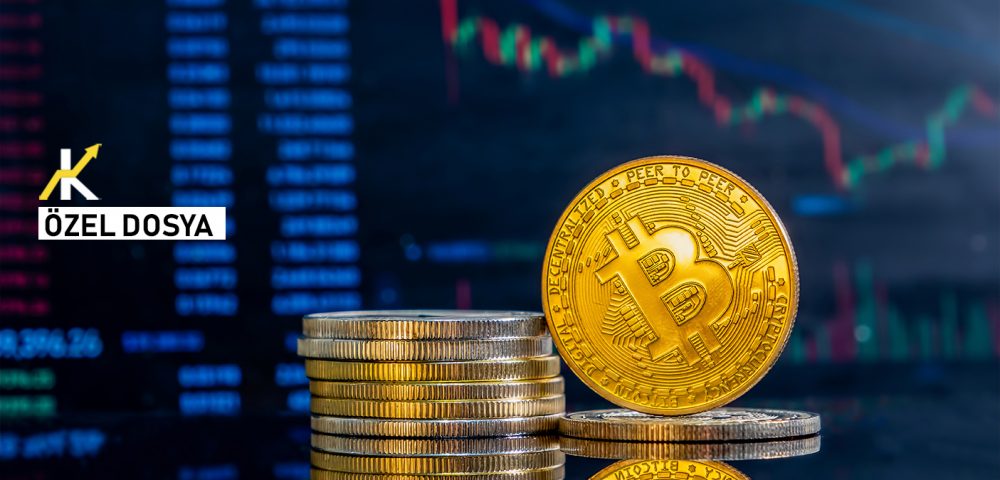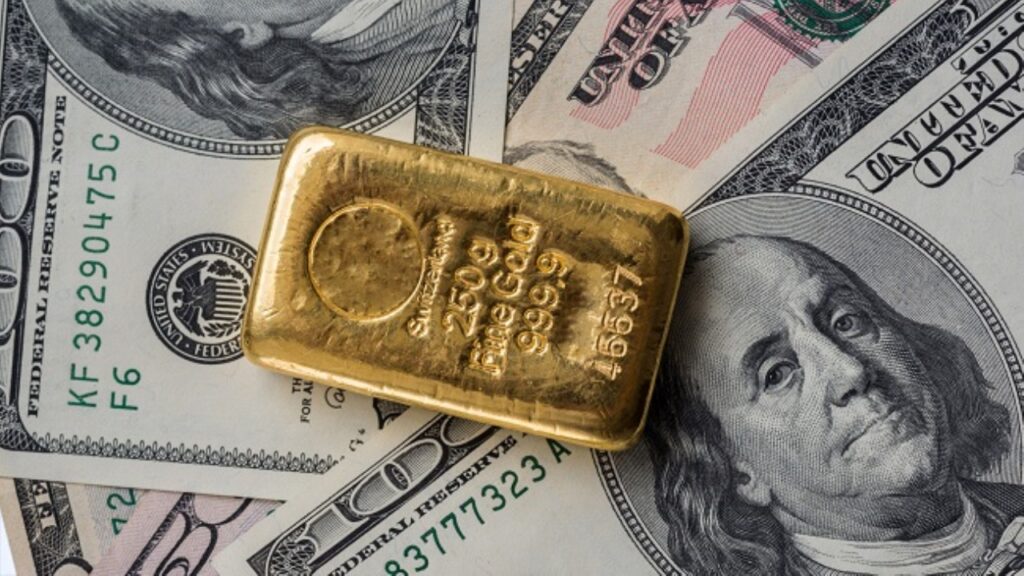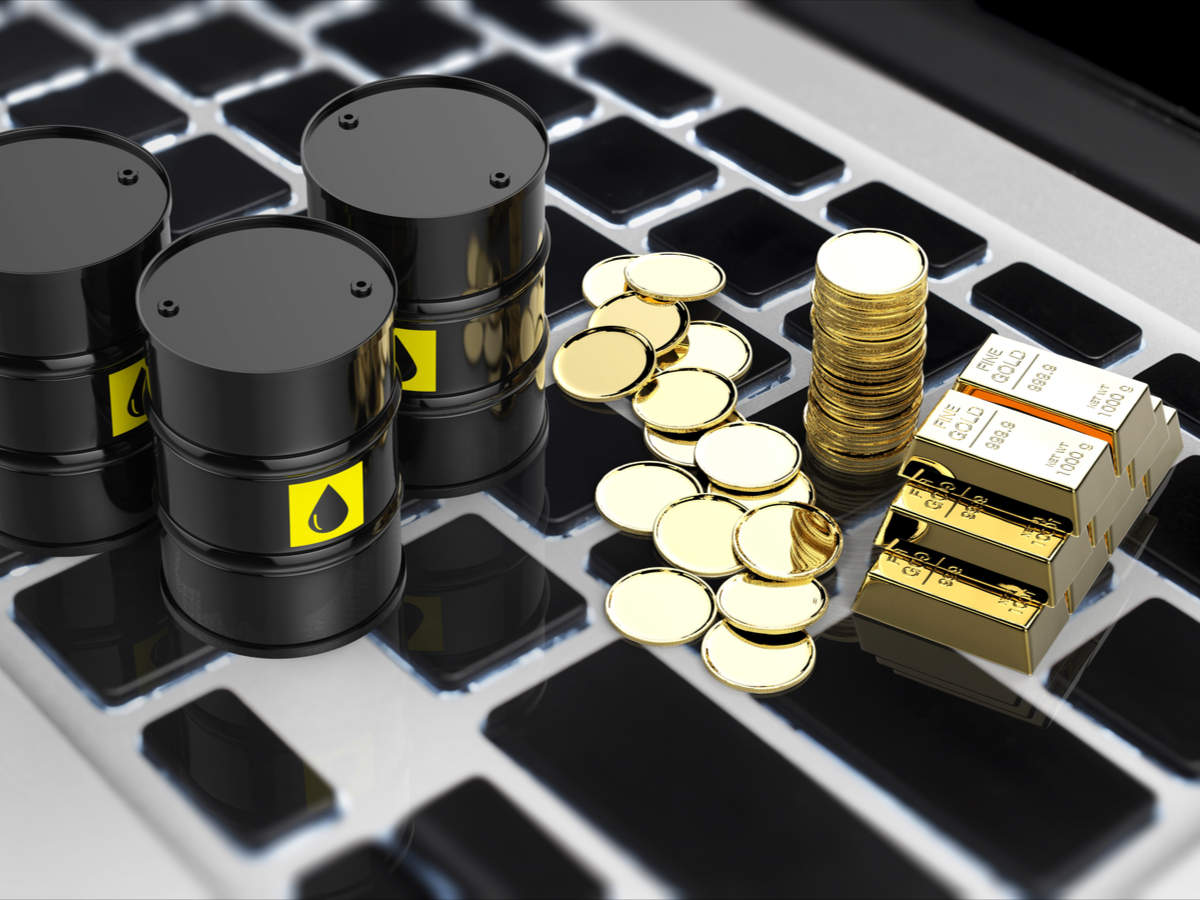TrueUSD is one of the fastest rising stablecoins in the digital currency market. It has more than doubled its market value since March, bringing it to nearly $3 billion. Thus, it became the 5th largest stablecoin. Such developments in the crypto money world create excitement. The success of TrueUSD brought to mind a question about stablecoins: How can they stay “stable”?
We can briefly describe stablecoins as a class of cryptocurrencies that try to offer price stability by backing them up by certain assets such as the dollar, gold or silver, or by using algorithms to adjust their supply according to demand. That is, the value of these coins is pegged to another currency, commodity or financial instrument.
The instability (volatility) experienced by popular cryptocurrencies such as Bitcoin and Ethereum is relatively high. High volatility means that the price of the asset increases or decreases significantly over time, while low volatility indicates that the price is relatively stable. Volatility can be measured from the daily returns of an asset by looking at its percentage of point movements.
They aim to offer low volatility
Even leading cryptocurrencies often move over 10 percent during market turmoil, which affects their use as an exchange tool. Stablecoins aim to offer an alternative to the high volatility of popular cryptocurrencies thanks to their low volatility. It also acts as a bridge between investment instruments such as gold, silver and foreign currency and relatively unstable cryptocurrencies, helping to stabilize cryptocurrencies.
 Stablecoins are less volatile than cryptocurrencies like Bitcoin. Photo: Freepik
Stablecoins are less volatile than cryptocurrencies like Bitcoin. Photo: FreepikFirst launched in 2014, stablecoins have since attracted interest from investors as they offer speed and security, as well as escape the volatility that many cryptocurrencies suffer from. Stablecoins were originally used to trade cryptocurrencies on platforms that cannot be traded with fiat coins. These coins, which have become widespread today, appear in various fields; These coins are used in blockchain-based financial services, even in payments for goods and services.
There are three types of stablecoins, depending on the mechanism used to stabilize their value:
-Official money supported;
-Crypto supported;
-Algorithmics.
Official coin-backed stablecoins
These stablecoins use a currency such as the dollar as collateral that guarantees the value of the coin. Other types of collateral include precious metals such as gold and silver. It is seen that commodities such as crude oil are also based on, but generally most of these coins have dollar reserves.
These reserves are kept in independent custodians and regularly audited. Tether (USDT) and TrueUSD (TUSD) are among the most popular dollar-backed stablecoins.
Crypto-backed stablecoins
Crypto-backed stablecoins, as the name suggests, are backed by other cryptocurrencies. These coins are “over-collateralised” as the reserve coin can be prone to high volatility. That is, the value of the cryptocurrency held in reserves exceeds the value of the issued stablecoin.
 The value of crypto-backed stablecoins is determined by other cryptocurrencies. Photo: Freepik
The value of crypto-backed stablecoins is determined by other cryptocurrencies. Photo: FreepikAlgorithmic stablecoins
These coins may or may not have reserves. The main difference between these coins is that they control the supply through an algorithm that works on a predetermined formula. That is, they keep its value constant with the algorithm.
In some ways, they are likened to central banks, which do not need a reserve asset to keep the currency’s value stable. But there is a big difference. Central banks’ monetary policies are based on well-understood parameters and are publicly available. Algorithmic stablecoins are also considered relatively vulnerable in times of crisis.
In summary, stablecoins benefit from the stability of these assets as they are backed by physical commodities such as gold or fiat currencies. To monetize their reserves, some funds that support them are allocated to fixed income securities, such as short-term corporate debt and government-backed debt obligations that ensure the funds remain monetizable and adequately backed.
Sources: The Wall Street Journal, Cointelegraph, Investopedia







